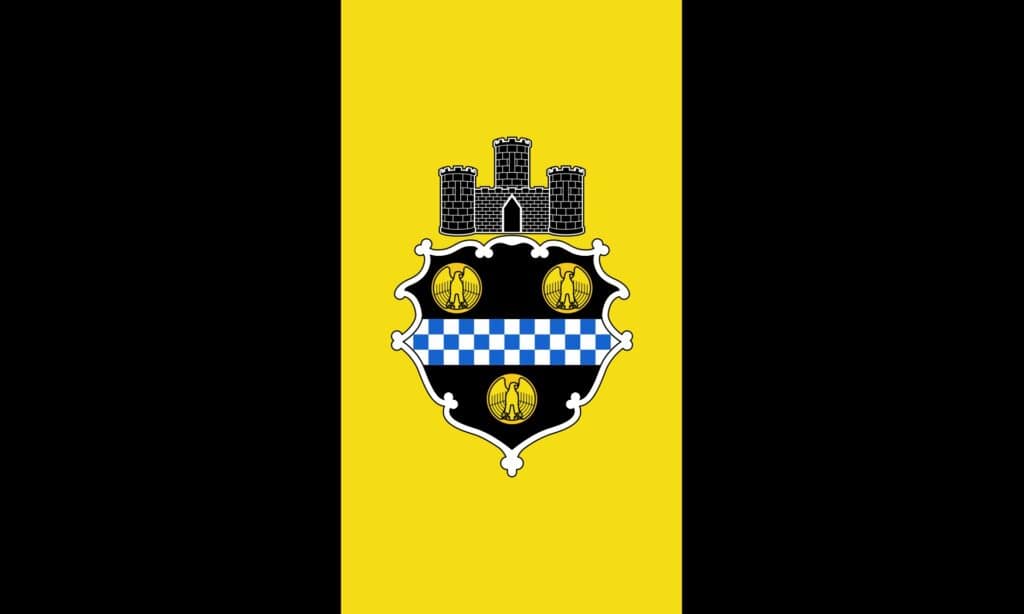Key Takeaways
- The collapse of the Francis Scott Key Bridge in Baltimore, Maryland, not only disrupts local and regional transportation but significantly impacts the city’s economy and real estate market.
- President Joe Biden has committed federal resources to fully fund the bridge’s reconstruction, highlighting the national significance of this infrastructure.
- The incident’s immediate effects on transportation logistics and the long-term implications for Baltimore’s development and investment opportunities underscore the importance of infrastructure resilience.

Francis Scott Key Bridge Collapse: Implications for Real Estate Investing in Baltimore and Beyond
In a tragic turn of events on March 26, 2024, the Francis Scott Key Bridge, a critical infrastructure component of Baltimore’s transportation network, experienced a catastrophic collapse.
This incident not only has immediate ramifications for traffic and transportation within the region but also poses significant long-term implications for real estate investment within Baltimore and the surrounding areas.
Key Points
The Collapse: The Francis Scott Key Bridge, a vital artery for Baltimore’s traffic, carrying an estimated 11.5 million vehicles annually, collapsed in the early hours of March 26, 2024, following a collision with a support pillar by the Singapore-registered container ship MV Dali. This incident has been declared a “mass casualty incident,” with several fatalities and vehicles found underwater.
Immediate Impact on Transportation: The bridge served as a designated route for hazardous materials, which are prohibited in nearby tunnels. Its destruction disrupts not only local but also regional traffic flow, necessitating immediate and long-term logistical adjustments.
Federal Response and Reconstruction: President Joe Biden has pledged federal support for the complete reconstruction of the bridge, emphasizing the national significance of this infrastructure. This commitment suggests a potentially expedited recovery process, albeit with a long road ahead.
Related Facts
A fun fact about the Francis Scott Key Bridge is that it was named after Francis Scott Key, the author of “The Star-Spangled Banner,” the national anthem of the United States.
Key wrote the poem that became the anthem after witnessing the bombardment of Fort McHenry by British ships during the War of 1812.
The bridge’s location is particularly poignant, as it spans the Patapsco River near Baltimore Harbor, close to Fort McHenry, making its name a tribute to Key’s legacy and the resilience of Baltimore.
Long-Term Real Estate Implications
Disruption to Local Businesses: Short-term disruptions could negatively impact commercial real estate, especially in sectors reliant on efficient transportation logistics.
Potential for Infrastructure Investment: The reconstruction of the bridge, alongside other infrastructure improvements, could lead to increased real estate values in the long term, as connectivity and logistics are enhanced.
Market Uncertainty: In the short term, the real estate market in the affected areas may experience volatility. However, strategic investors might find opportunities as the region recovers and rebuilds.
Assessment
The collapse of the Francis Scott Key Bridge, a catastrophic event in the heart of Baltimore, Maryland, has sent shockwaves through the local economy and the broader real estate market.
This calamity, beyond its immediate toll on lives and the landscape, threatens to unravel the fabric of transportation and logistics that bind the city.
The ensuing disruption looms large over local businesses, potentially stretching commute times to a breaking point and casting a long shadow on the property values that nestle within the bridge’s reach.
Yet, in this moment of turmoil, a glimmer of hope persists, anchored in the federal government’s pledge to underwrite the bridge’s rebirth.
This assurance injects a dose of optimism into the veins of the market, suggesting a beacon of long-term resilience and recovery that might just outshine the present gloom.
Thus, as we stand at this crossroads, the Francis Scott Key Bridge collapse emerges not just as a testament to vulnerability but as a rallying cry for unity and strength.
Concerted efforts of local and federal entities promise to weave a safety net beneath the teetering market, cushioning the blow and nurturing a fertile ground for rejuvenation and growth.
Real estate investors, then, are advised to keep a keen eye on the horizon, where the dark clouds of today’s disaster could part to reveal the silver linings of tomorrow’s opportunities.
The path to recovery may be fraught with challenges, yet it is also laden with potential— a duality that underscores the importance of vigilance and patience in the face of adversity.
References
Francis Scott Key Bridge (Baltimore) https://en.wikipedia.org/wiki/Francis_Scott_Key_Bridge_(Baltimore)
Baltimore’s bridge collapse halts shipping, threatens economic disruption. https://foxbaltimore.com
Maryland is committed to the Port of Baltimore. https://www.baltimoresun.com




























